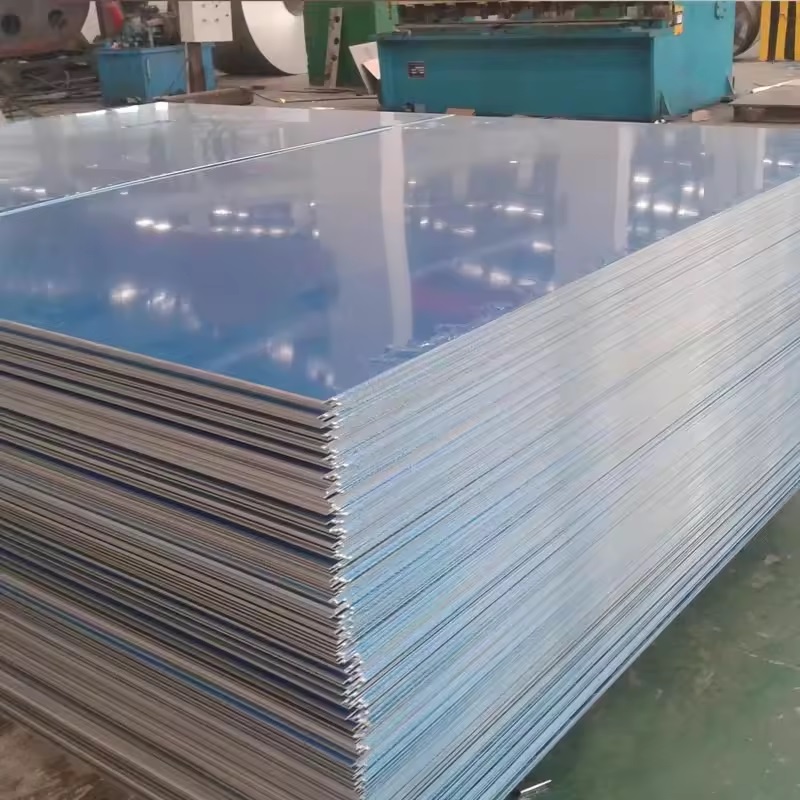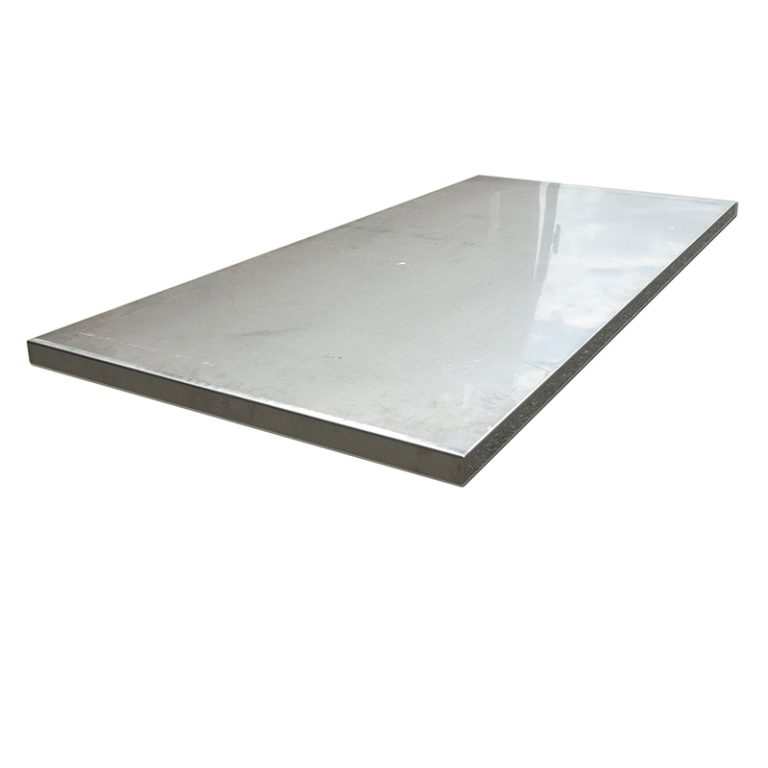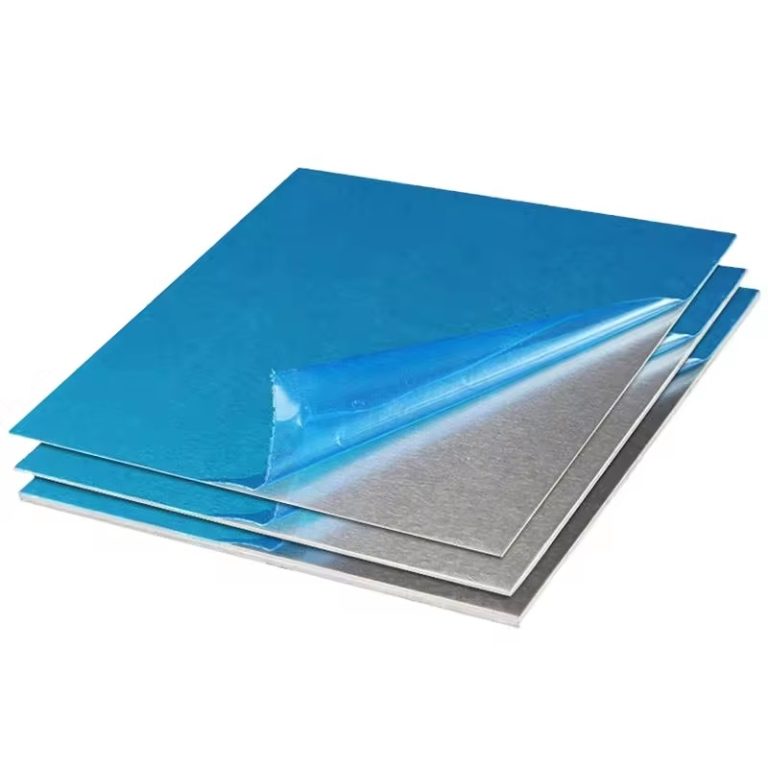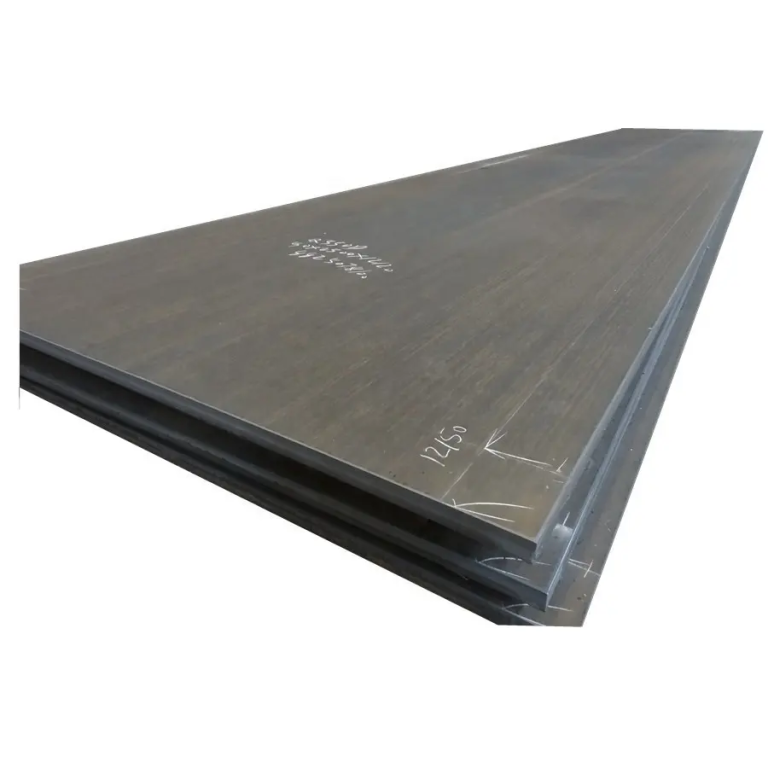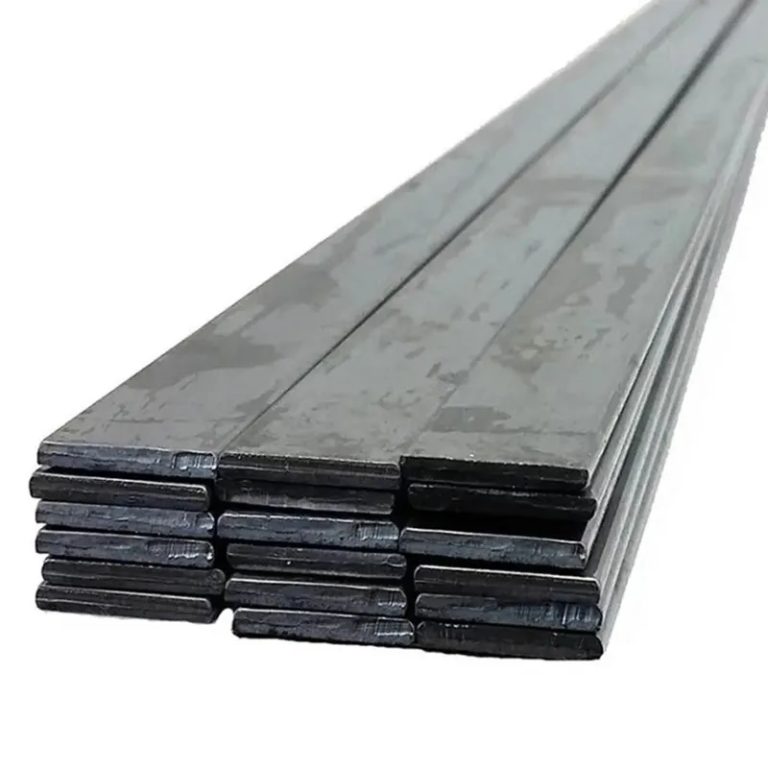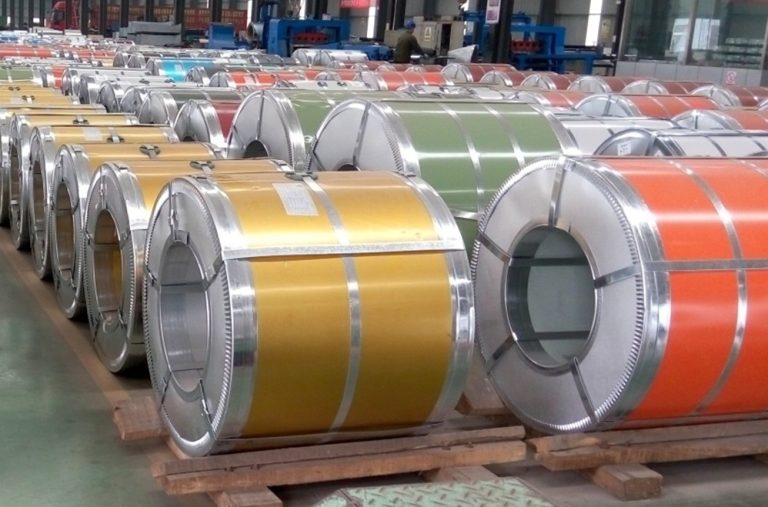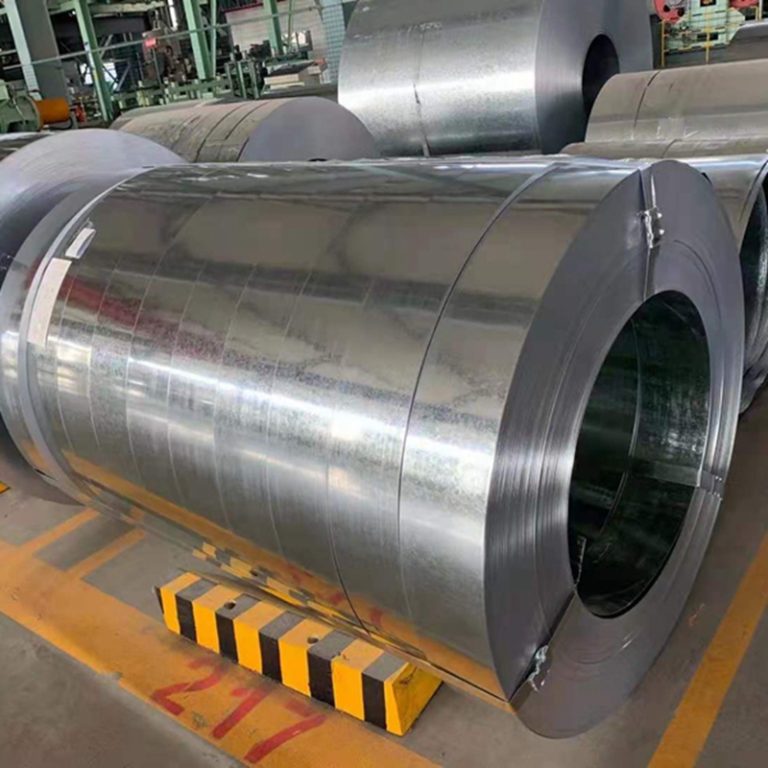The quality of aluminum plates can be identified from the following aspects:
1. Appearance quality
Surface flatness: The surface of high-quality aluminum plates is flat, without obvious ripples or warping.
Glossiness: The surface of high-quality aluminum plates is smooth, uniform, and has good glossiness; if the surface of the aluminum plate has obvious unevenness, scratches, black spots or variegated colors, it means that the quality may be poor.
Oxide film: Aluminum plates are often oxidized, and the thickness of the oxide film of high-quality aluminum plates is uniform, and the wear resistance and corrosion resistance are good. If the oxide film is uneven or not thick enough, the durability of the aluminum plate may be reduced.
2. Alloy composition
The quality of aluminum plates is closely related to their alloy composition. Different types of alloys are used in aluminum plates for different purposes. For example, industrial aluminum plates are mostly 3000 series, 5000 series, 6000 series, etc. The composition of aluminum plates can be analyzed by testing equipment to ensure that their alloy ratios meet the standards.
3. Thickness and specifications
Thickness deviation: Check whether the thickness of the aluminum plate is uniform, especially whether it meets the nominal thickness specifications. Poor quality aluminum plates may have uneven thickness, which will affect the use effect.
Dimensional accuracy: whether the length, width, thickness and flatness of the aluminum plate meet the requirements, and whether there is too large dimensional error.
4. Mechanical properties
Strength: High-quality aluminum plates have high strength and hardness, and can withstand certain external forces without deformation. Poor quality aluminum plates may be insufficient in strength and easy to bend or deform.
Toughness and ductility: High-quality aluminum plates have good toughness, are not easy to break after bending, and are suitable for processing. Its toughness and ductility can be preliminarily judged by simple bending or stretching tests.
5. Corrosion resistance
Since aluminum plates are widely used in construction, aviation and other fields, corrosion resistance is an important indicator to measure their quality. The durability of aluminum plates can be judged by testing their corrosion resistance in specific environments.
6. Weight check
The weight of the aluminum plate is related to its density, size, alloy composition, etc. If the weight of the aluminum plate is significantly lower than the standard, it is possible that low-density materials are used or impurities are doped, which affects the quality.

